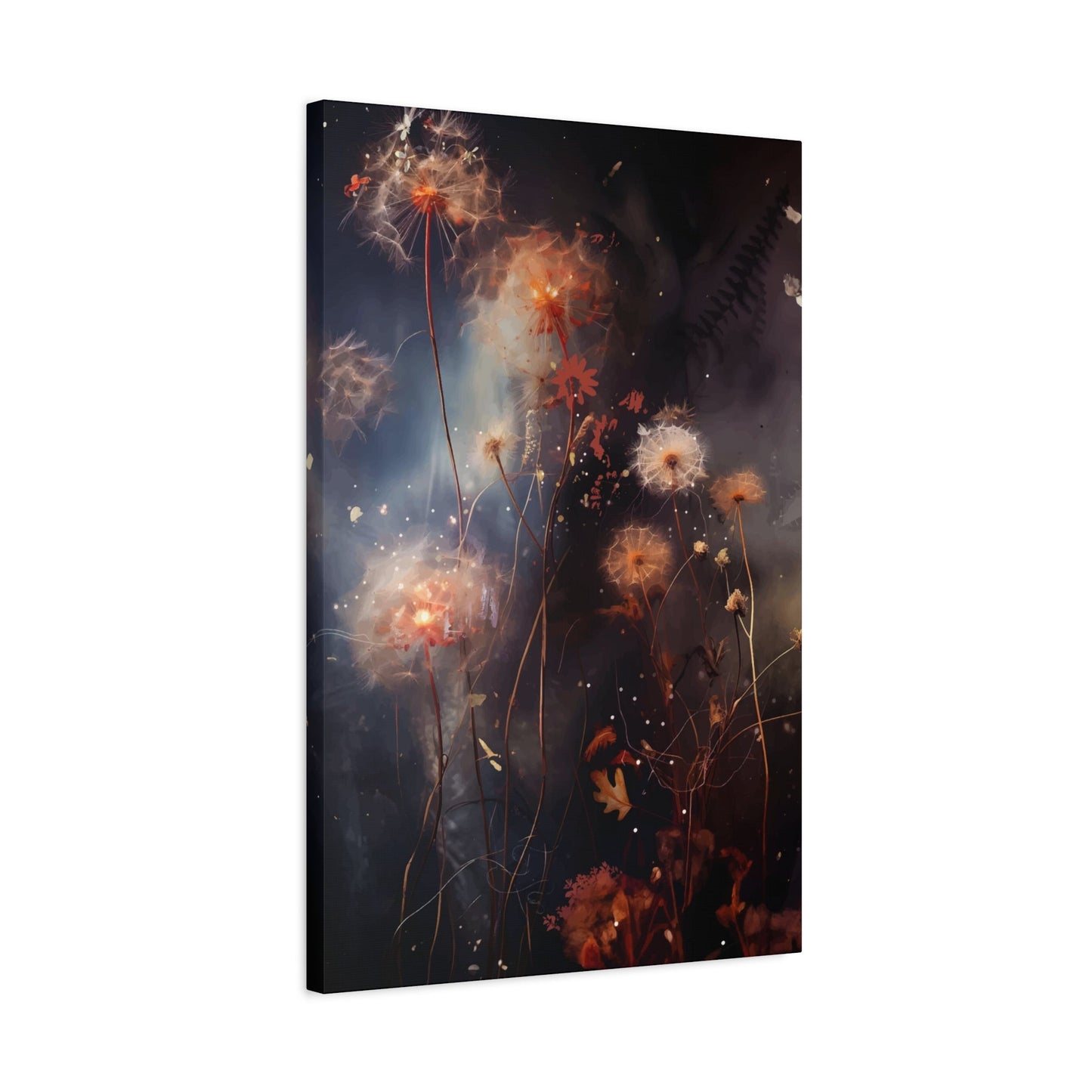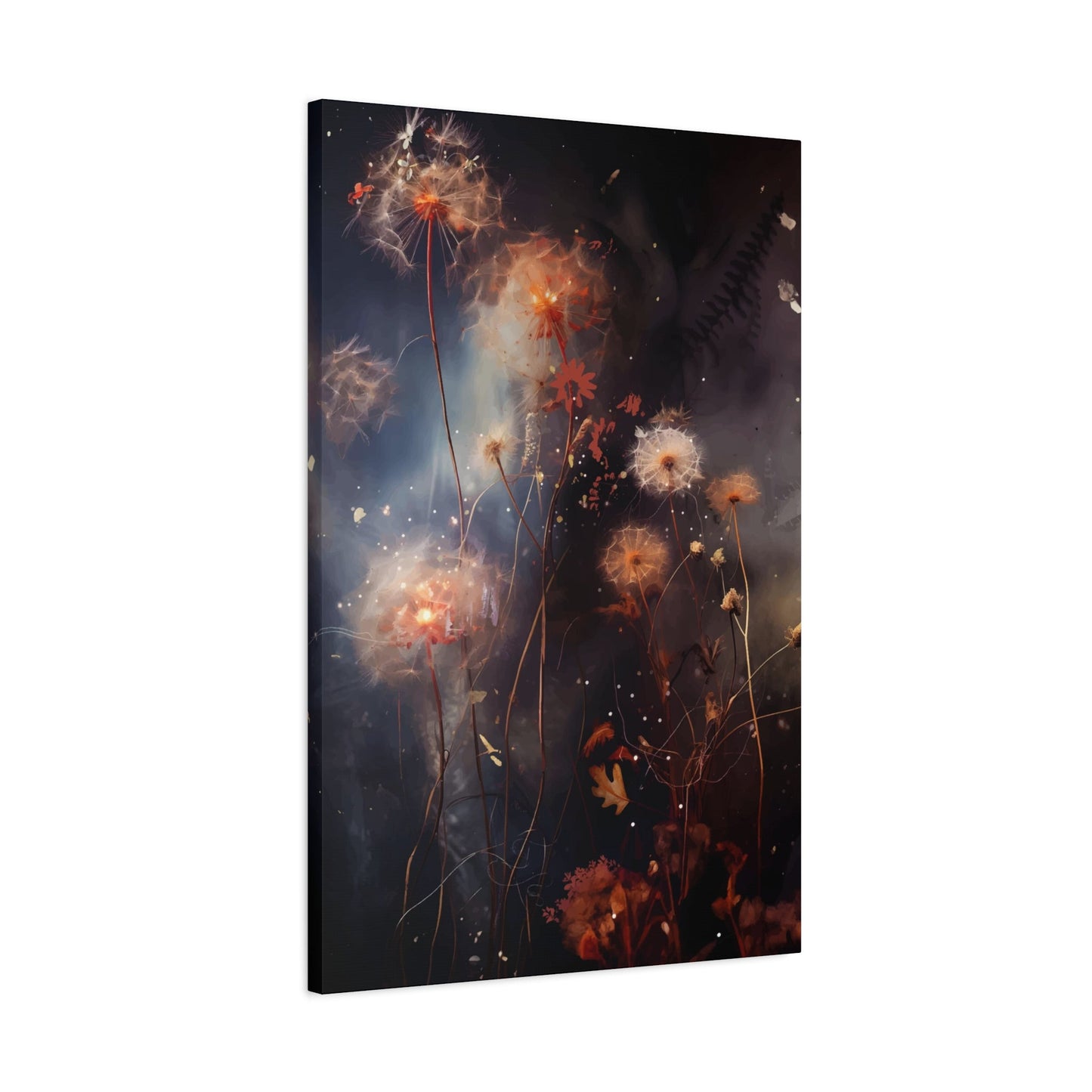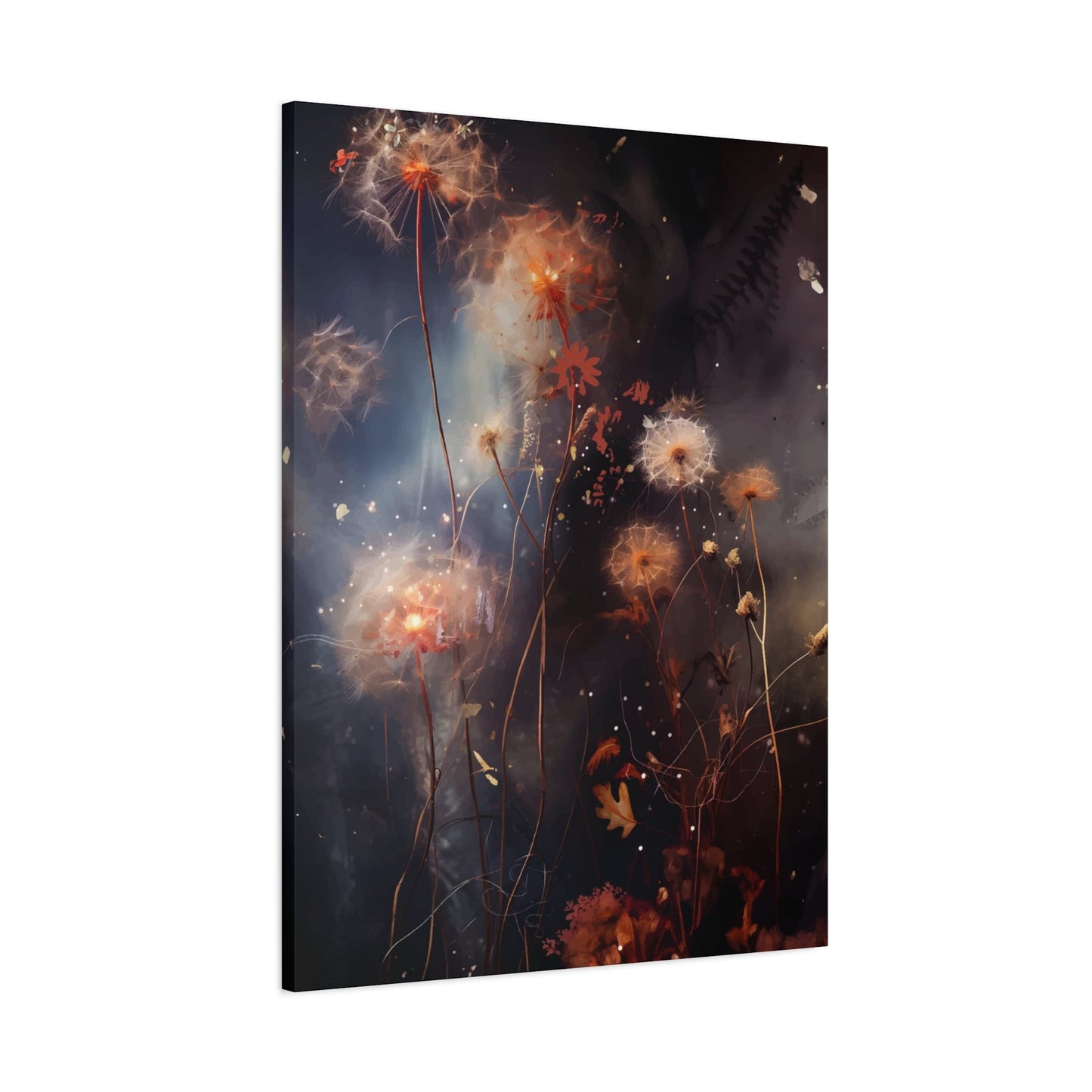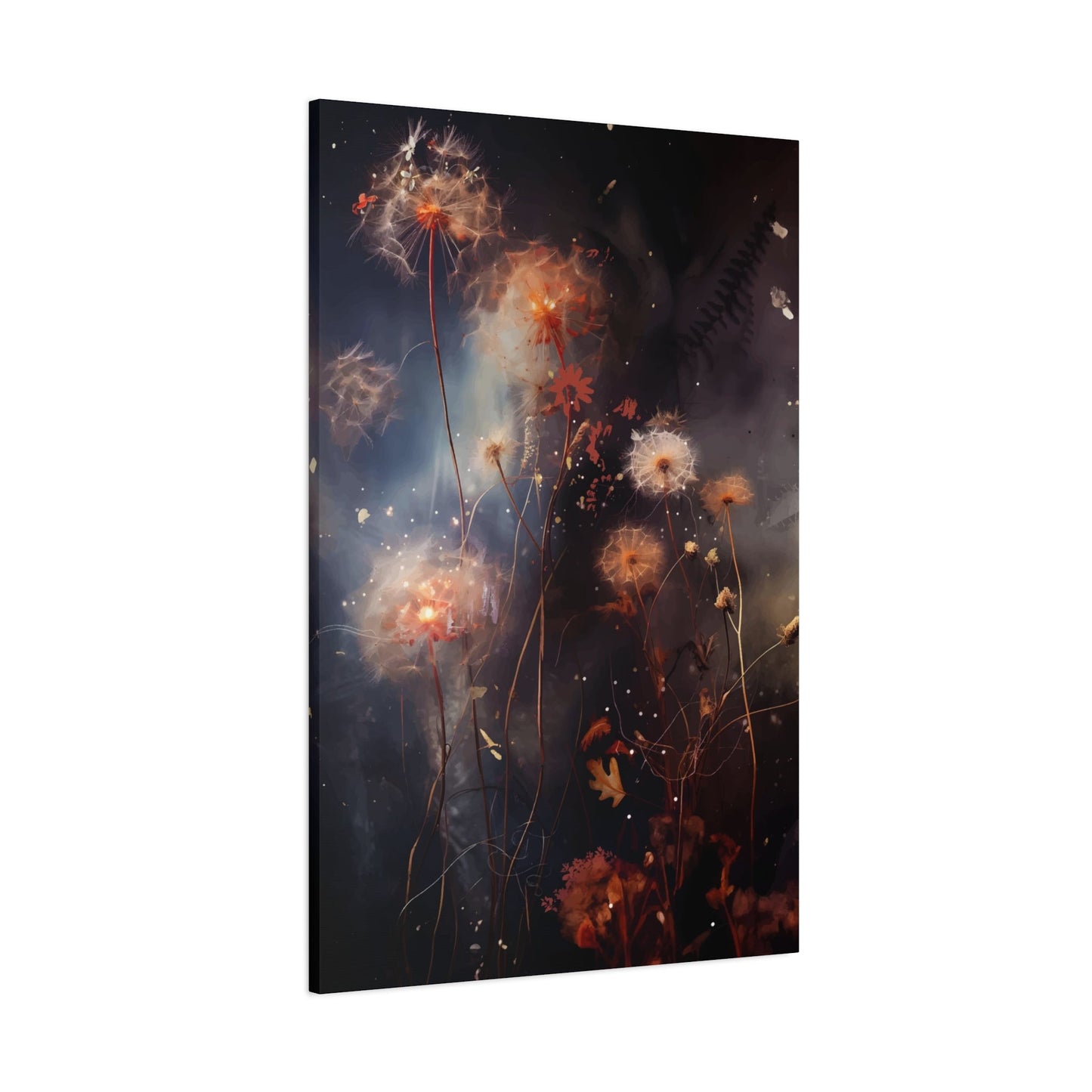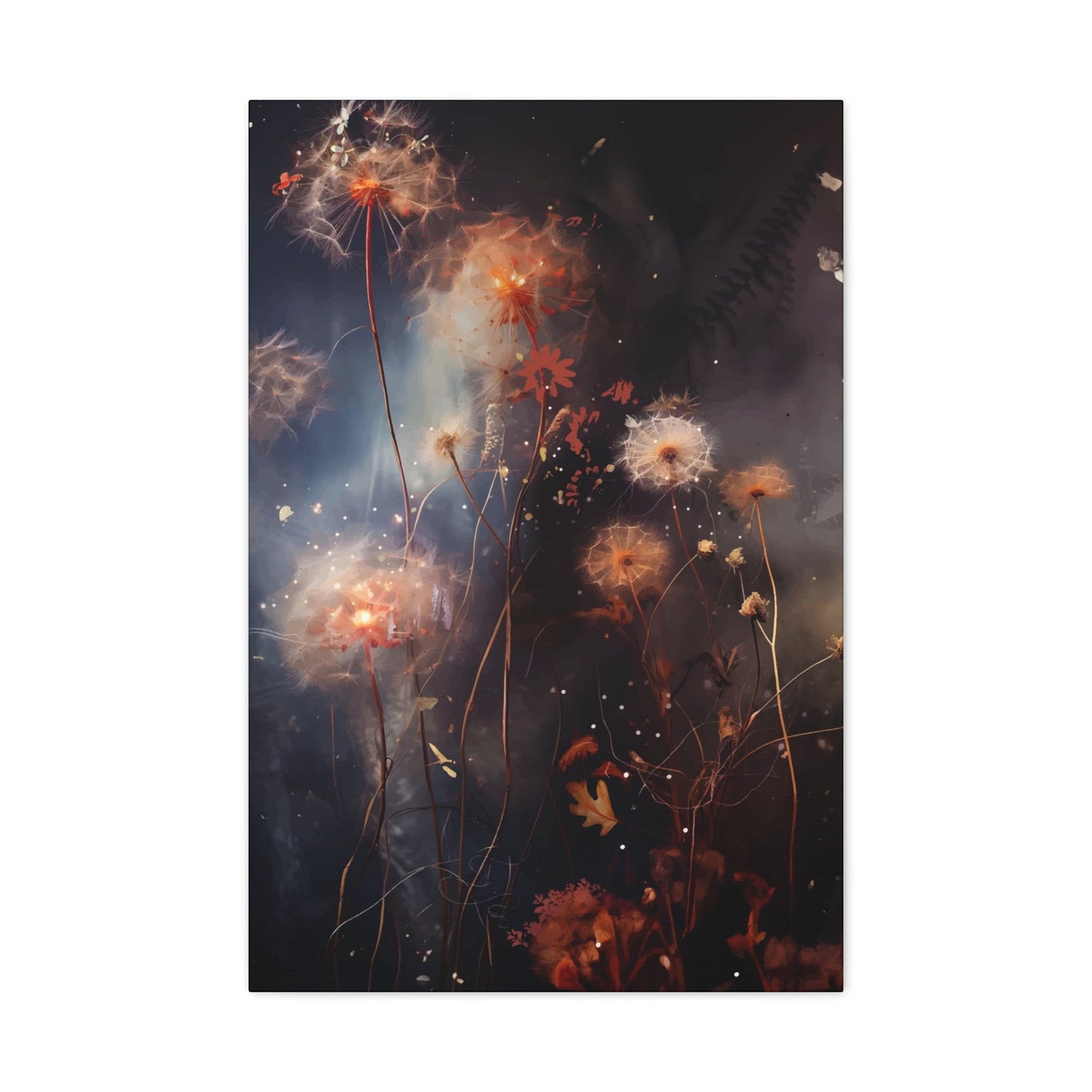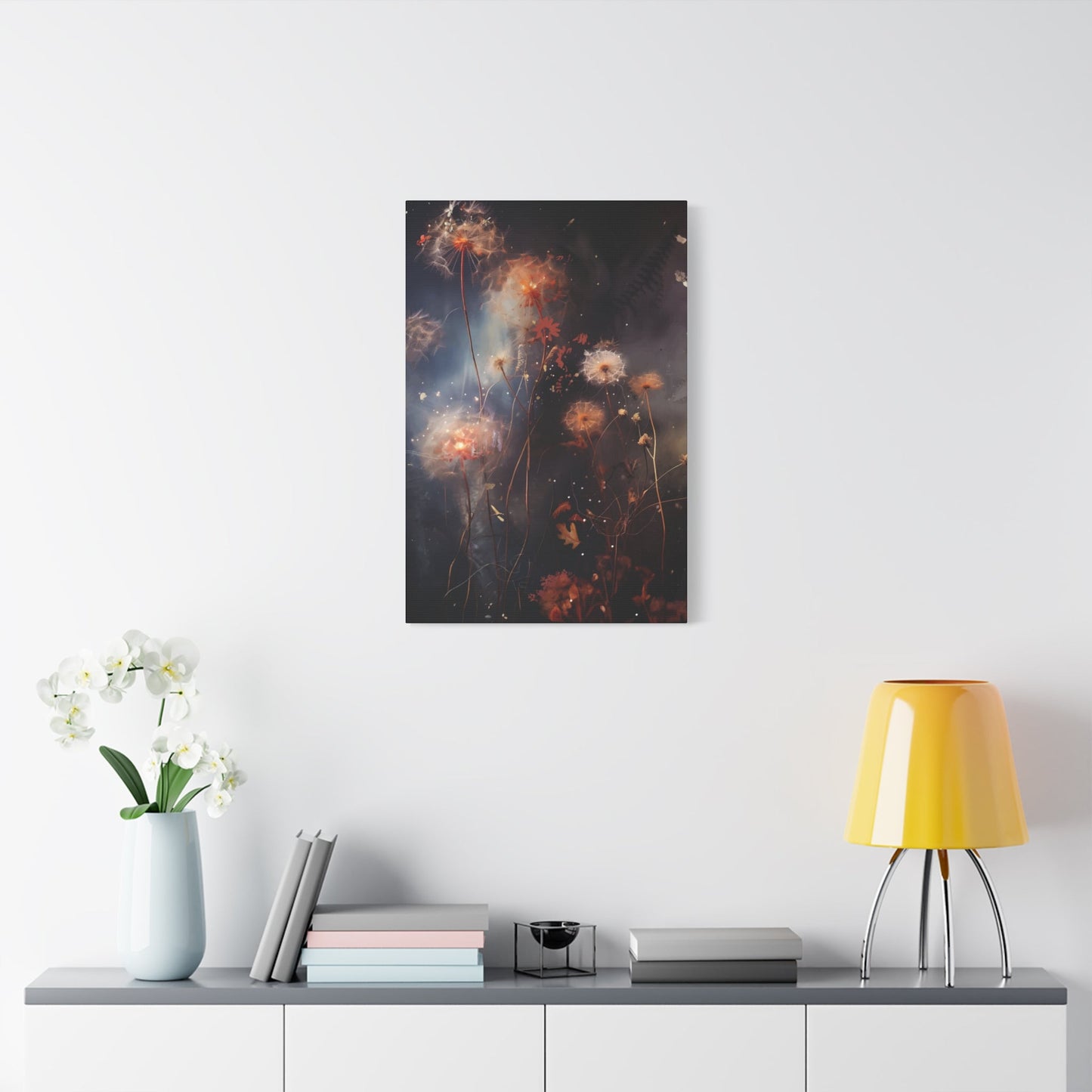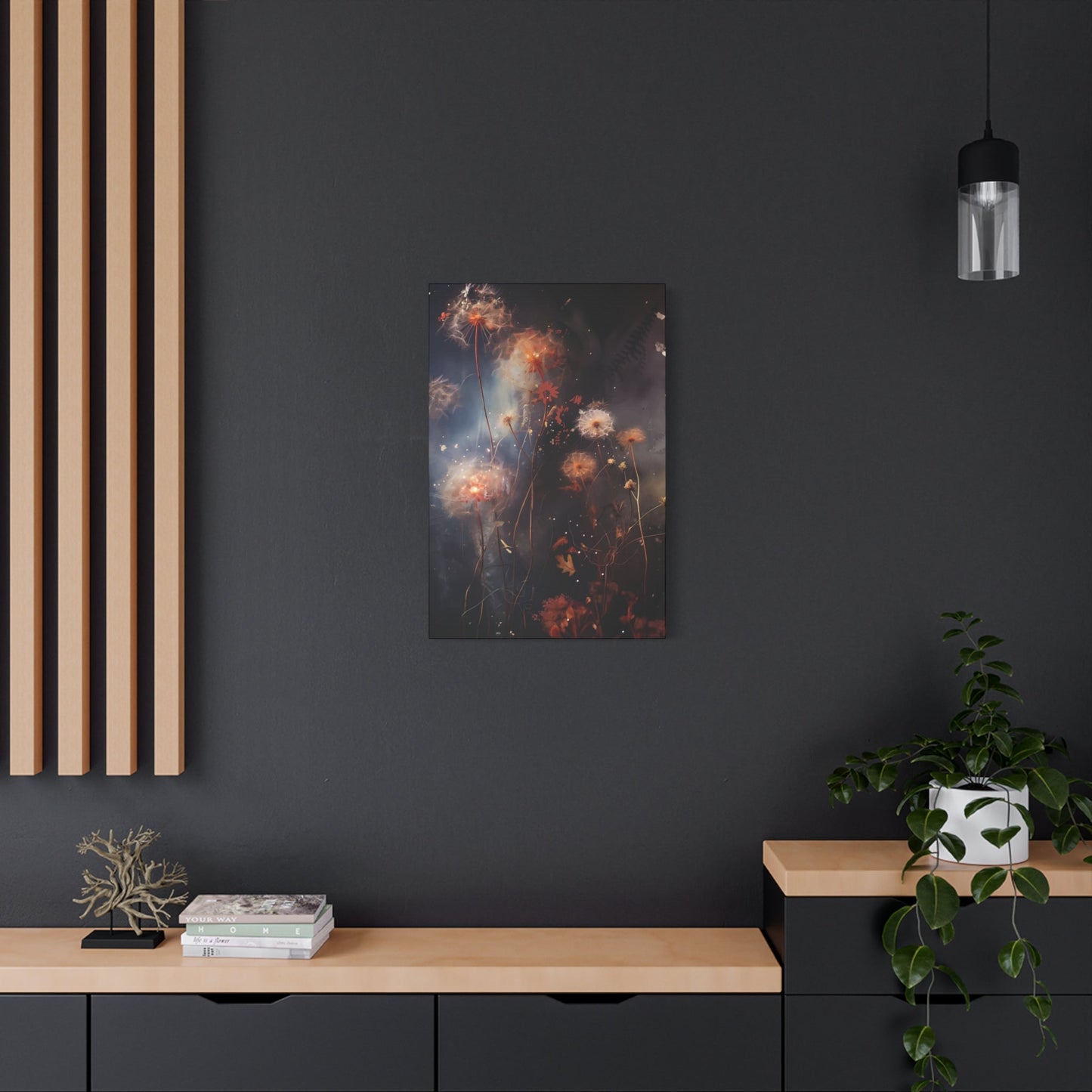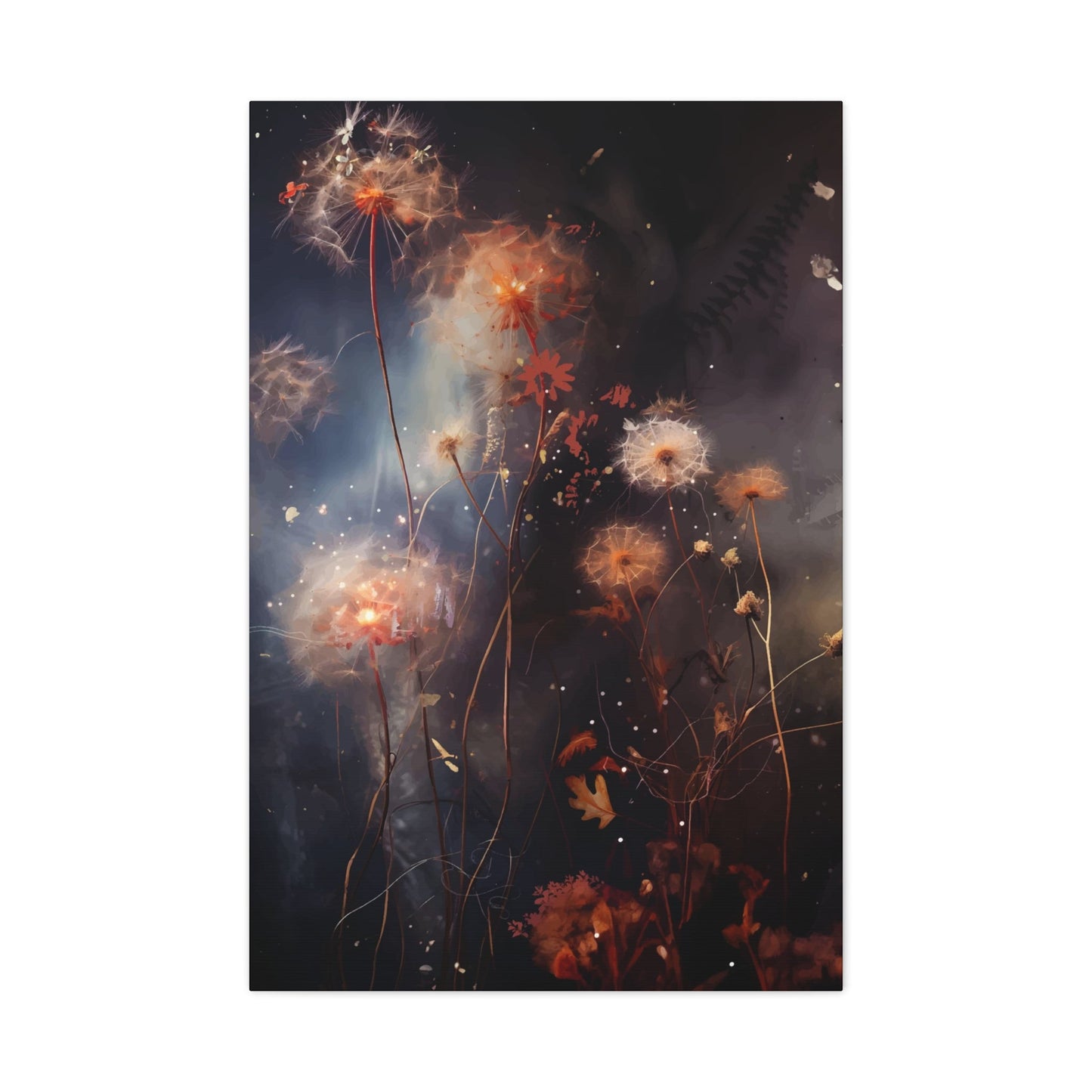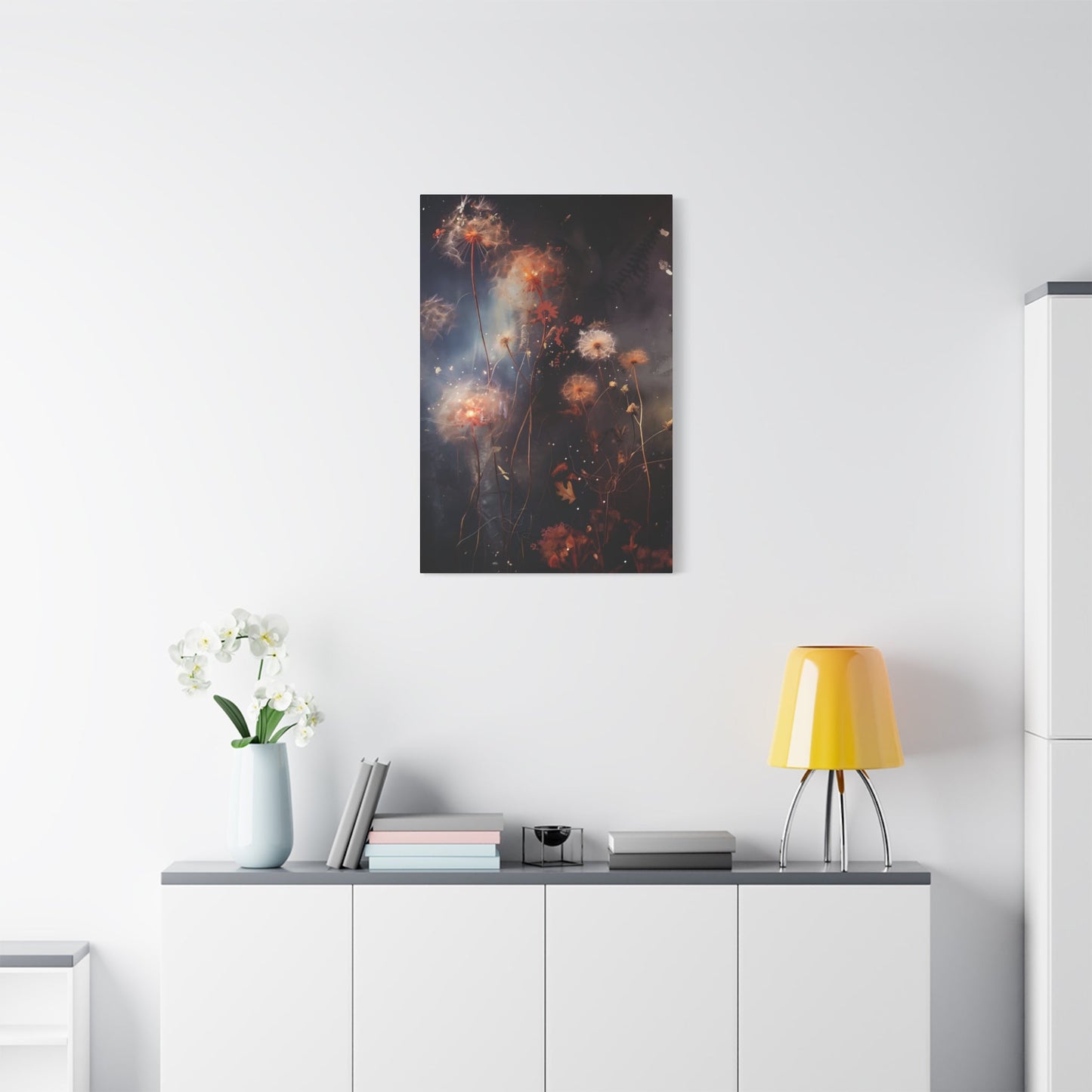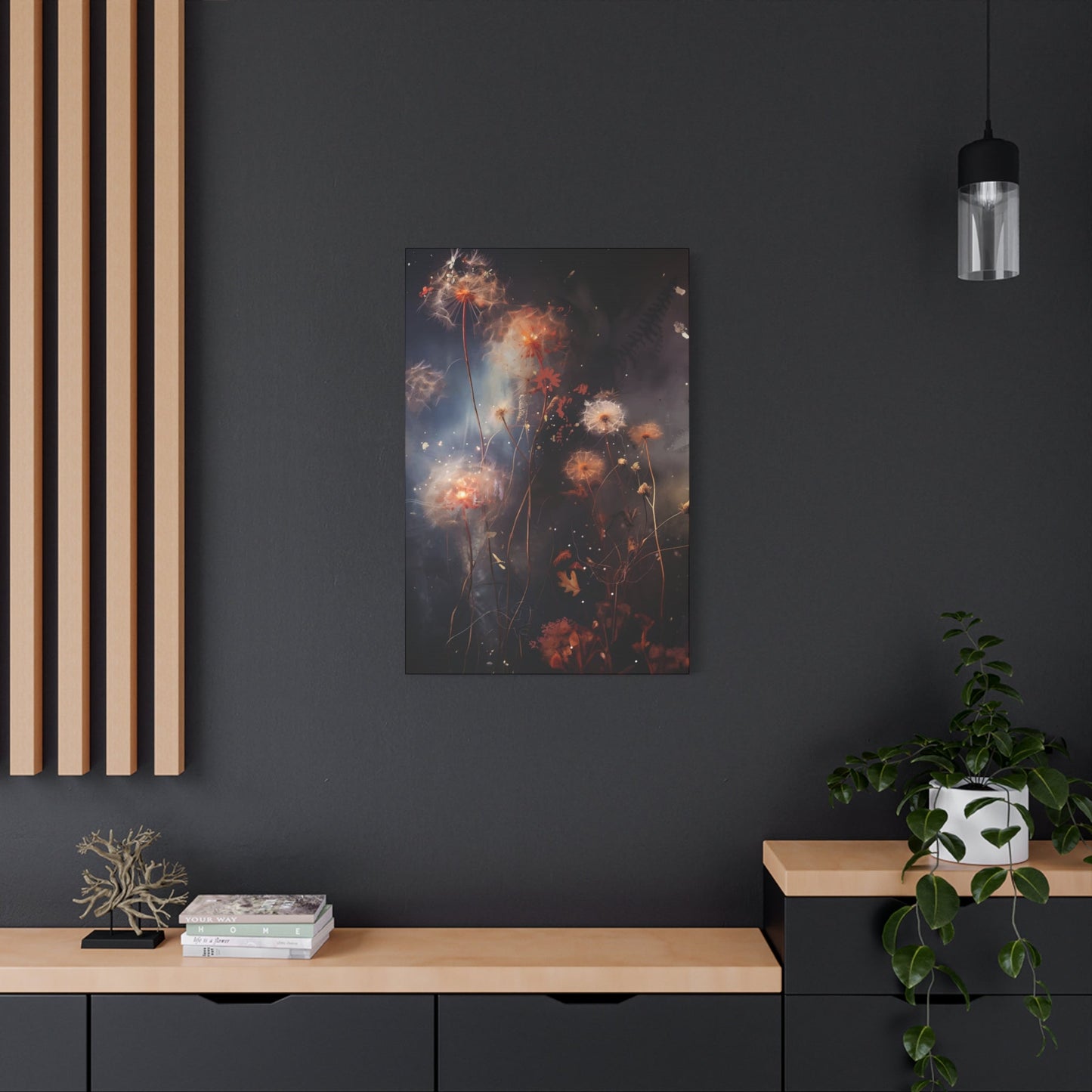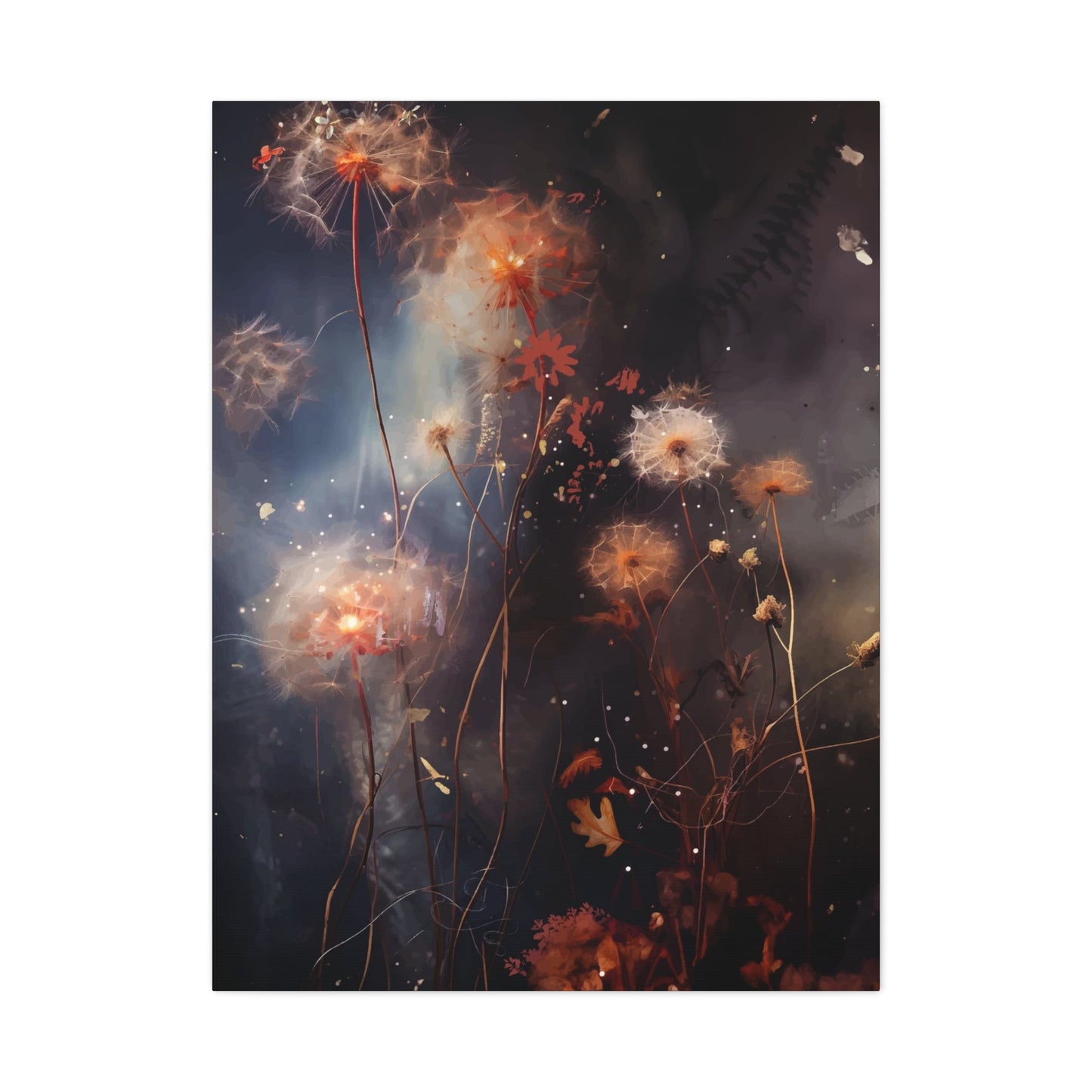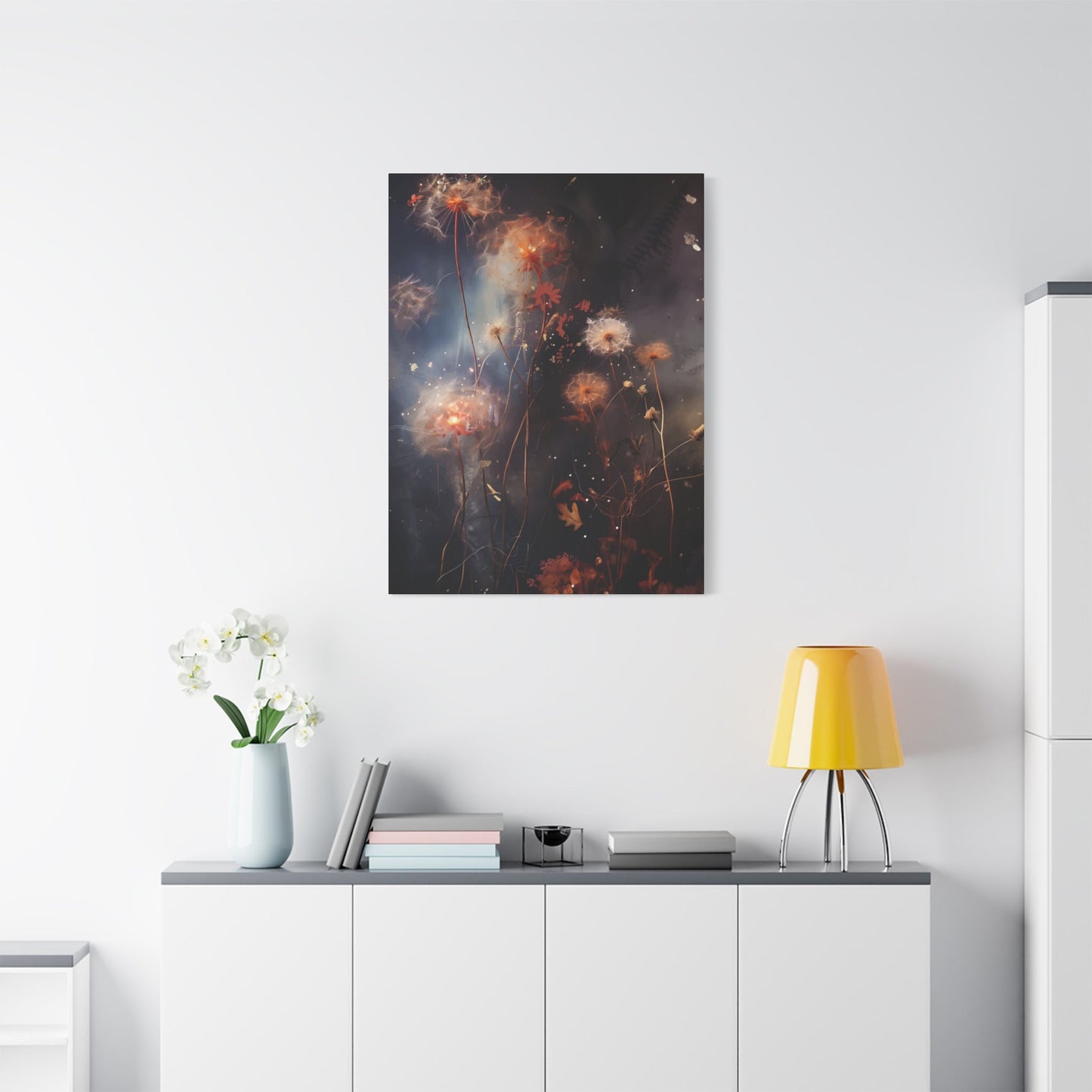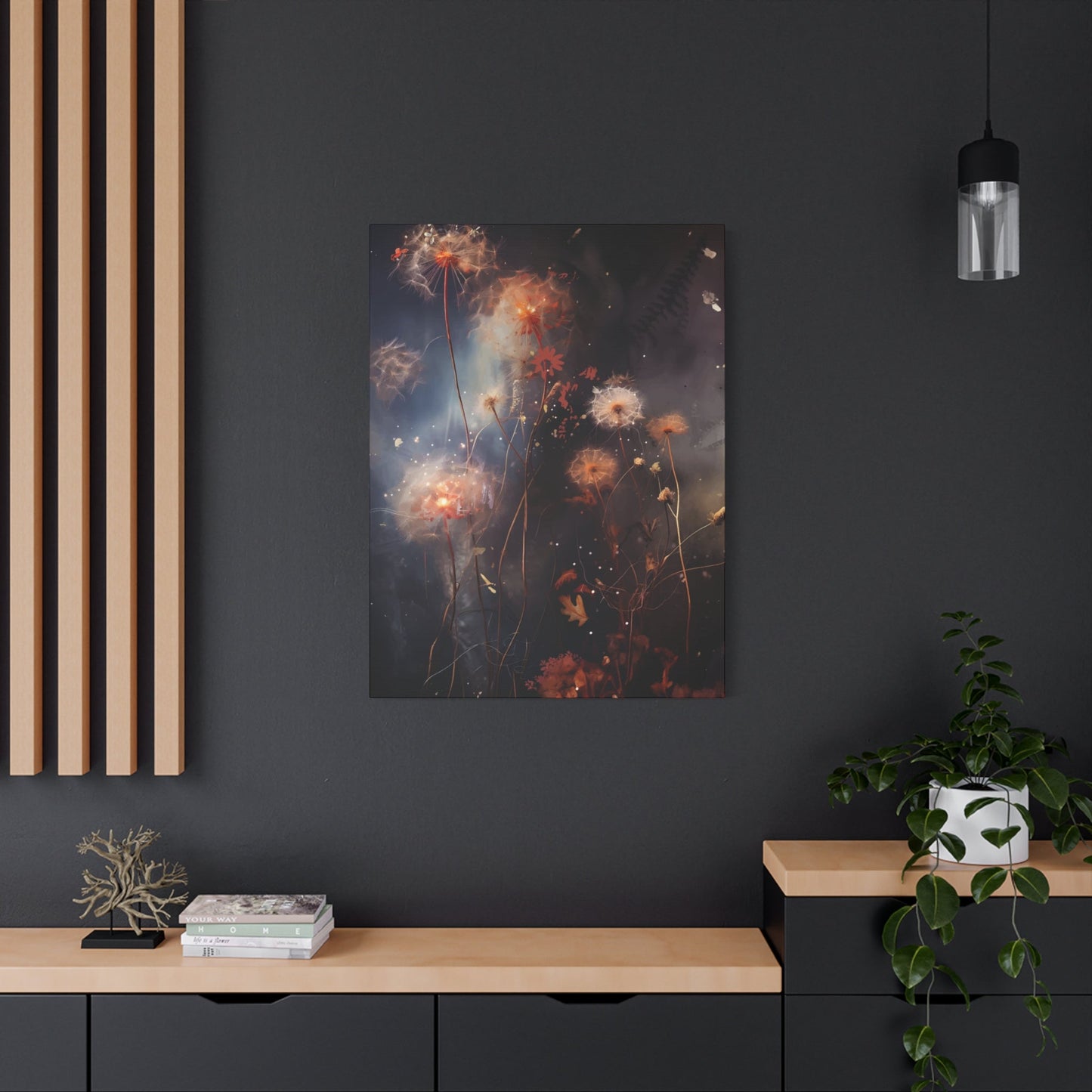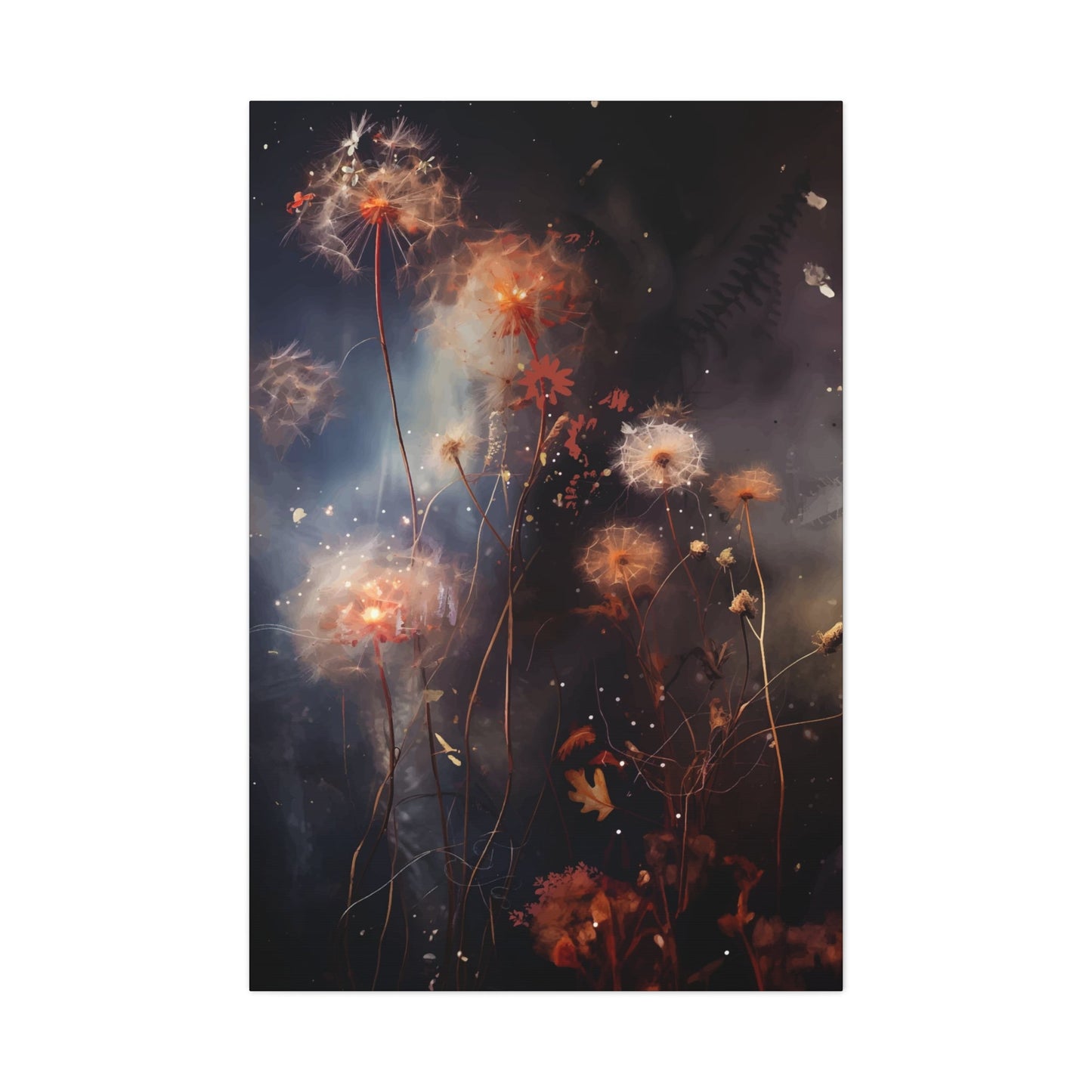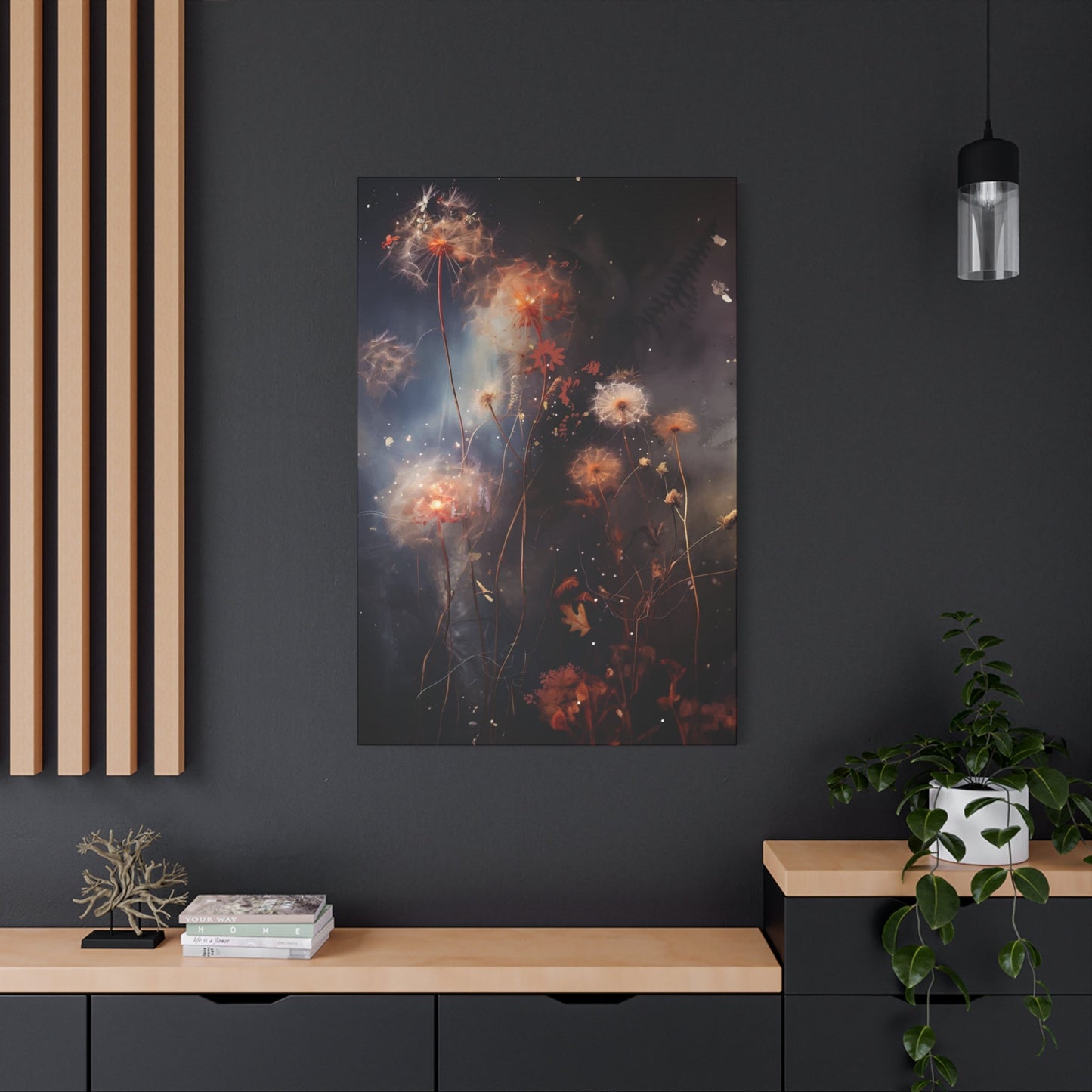Teis Albers Wall Art: Vibrant Expressions That Command Attention
The contemporary art scene has witnessed a remarkable surge in artists who challenge conventional boundaries, and among these creative pioneers stands Teis Albers, whose distinctive approach to visual storytelling has captivated collectors and enthusiasts worldwide. His work represents a fusion of bold aesthetics, cultural commentary, and technical innovation that resonates deeply with modern sensibilities. Each piece serves as a testament to the power of artistic expression when it refuses to conform to traditional expectations.
Teis Albers has carved out a unique niche in the competitive world of contemporary art by developing a signature style that is instantly recognizable yet perpetually evolving. His creations pulse with energy, combining unexpected elements that somehow coalesce into harmonious compositions. The artist's ability to balance seemingly disparate influences—from street culture to fine art traditions—demonstrates a sophisticated understanding of visual language that speaks to diverse audiences across generations and backgrounds.
What sets Albers apart in an oversaturated art market is his unwavering commitment to authenticity and experimentation. Rather than settling into a comfortable formula, he continually pushes the boundaries of his craft, exploring new materials, techniques, and conceptual territories. This restless creativity ensures that each collection brings fresh perspectives while maintaining the core DNA that makes his work unmistakably his own. Collectors appreciate this balance between consistency and innovation, knowing that acquiring an Albers piece means investing in an artist who refuses to stagnate.
The visual impact of Albers' work cannot be overstated. When you encounter one of his pieces, whether in a gallery setting or a private collection, it demands your attention with an almost magnetic pull. The compositions are carefully orchestrated to guide the viewer's eye through layers of meaning, color, and texture. This deliberate construction of visual pathways reveals the artist's deep consideration of how audiences engage with art, particularly in contemporary settings where distractions are constant and attention spans are challenged.
Beyond mere aesthetic appeal, Albers' creations carry significant cultural weight. They function as commentaries on the world we inhabit—a world saturated with media, conflicting messages, and rapid change. His work doesn't shy away from addressing these complexities; instead, it embraces them, transforming observations about modern life into compelling visual narratives. This willingness to engage with substantial themes while maintaining accessibility has earned him respect from critics and casual observers alike.
The technical execution of Albers' pieces demonstrates masterful control of his chosen mediums. Whether working with paint, digital elements, or assembled materials, he exhibits a level of craftsmanship that elevates his conceptual ambitions. This technical proficiency allows his ideas to manifest fully, without compromise. The surfaces of his works reward close inspection, revealing subtle details and textures that might escape initial viewing but add tremendous depth to the overall experience.
Collectors who bring Albers' work into their homes or professional settings often report a transformative effect on their environments. These pieces don't merely occupy wall surfaces; they activate entire rooms, shifting the energy and atmosphere in profound ways. The right Albers piece can serve as an anchor point for an entire design scheme, influencing color choices, furniture selections, and even the mood of daily life. This practical impact, combined with artistic merit, makes his work particularly valuable for those seeking to create meaningful, dynamic living or working environments.
The artist's journey to prominence provides insight into his current position in the art world. Unlike some overnight sensations, Albers built his reputation through consistent output, strategic visibility, and genuine engagement with his audience. He has leveraged contemporary platforms while respecting traditional gallery systems, creating a hybrid approach that maximizes reach without diluting artistic integrity. This balanced strategy has allowed him to build a sustainable career while maintaining creative control over his output.
Understanding Albers' work requires consideration of the broader context in which it exists. Contemporary art operates in a complex ecosystem where commercial success, critical acclaim, and popular appeal don't always align. Albers has managed to achieve recognition across these different dimensions, a testament to the multifaceted nature of his practice. His pieces satisfy the intellectual requirements of serious collectors while remaining visually compelling enough to attract newer enthusiasts who may be developing their taste and knowledge.
The investment potential of Albers' work has not gone unnoticed by savvy collectors. As his reputation continues to grow and institutional recognition increases, the value proposition becomes more compelling. However, beyond financial considerations, owning an Albers piece means participating in a cultural conversation, supporting living artists, and surrounding yourself with work that challenges and inspires. These intangible benefits often prove more valuable than any market appreciation.
Looking forward, Albers shows no signs of slowing down or compromising his vision. His recent projects suggest an artist fully engaged with his craft, continually exploring new directions while refining established strengths. For those who appreciate contemporary art that combines visual power with conceptual depth, Albers represents one of the most exciting voices currently active. His work promises to remain relevant and impactful for years to come, making this an opportune moment to engage with his creative output.
The Bold World of Teis Albers Creations
Entering the artistic universe that Teis Albers has constructed feels like stepping into a realm where conventional rules have been rewritten. His creative output exists at the intersection of multiple traditions, yet refuses allegiance to any single school or movement. This independence gives his work a distinctive character that resists easy categorization, challenging viewers to engage on fresh terms rather than relying on familiar frameworks for interpretation.
The boldness that characterizes Albers' approach manifests in multiple dimensions. There is visual boldness, certainly—the striking color combinations, dramatic contrasts, and unapologetic scale of many pieces. But equally important is conceptual boldness, the willingness to tackle subjects and themes that other artists might consider too risky or commercially unviable. This courage to follow creative instincts regardless of market pressures has become a defining feature of his practice.
One of the most remarkable aspects of Albers' work is how it manages to feel simultaneously familiar and alien. Elements within individual pieces often reference recognizable subjects—natural forms, cultural icons, everyday objects—yet they are presented in contexts that defamiliarize them, prompting reconsideration of their meaning and significance. This technique keeps viewers engaged, discovering new relationships and interpretations with repeated viewings.
The architectural quality of Albers' compositions deserves special attention. Each piece is constructed with an awareness of structure and balance that suggests the influence of design thinking alongside purely artistic concerns. Forms are positioned with precision, creating dynamic tensions and harmonies that give the work a sense of inevitability. Nothing feels arbitrary or accidental; every element earns its place through contribution to the overall composition.
Color theory plays a crucial role in achieving the visceral impact of Albers' work. He employs hues with strategic intent, understanding how different combinations affect emotional response and visual perception. Complementary colors create vibration and energy, while analogous schemes offer more subtle gradations and flows. Temperature variations add another layer of sophistication, with warm and cool tones balanced to achieve desired effects. This knowledgeable manipulation of color demonstrates advanced technical understanding serving creative vision.
Texture and surface quality provide additional dimensions to Albers' pieces. Many works incorporate varied materials or techniques that create physical depth and tactile interest. These textural variations catch light differently, changing the appearance of pieces throughout the day as lighting conditions shift. This temporal dimension adds life to the work, ensuring that it never becomes static or boring even after extended living with it.
The emotional range of Albers' output is impressive. Some pieces pulse with aggressive energy, confronting viewers with challenging imagery and intense visual stimulation. Others offer moments of quieter contemplation, using subtler means to draw audiences into more reflective engagement. This diversity prevents the artist's portfolio from feeling one-dimensional, showcasing versatility while maintaining stylistic coherence.
Symbolism and metaphor permeate Albers' work, though rarely in heavy-handed or obvious ways. He trusts viewers to bring their own interpretations and experiences to the encounter, creating meaning through this collaborative process. Ambiguity is embraced rather than avoided, acknowledging the richness that comes from multiple valid readings of the same visual information. This openness makes the work more democratic and accessible while preserving intellectual complexity.
The dialogue between figuration and abstraction in Albers' pieces creates productive tension. He moves fluidly between representational elements and abstract passages, sometimes within a single composition. This flexibility allows him to select the most effective visual language for each artistic problem, unconstrained by dogmatic adherence to either representational accuracy or pure abstraction. The result is work that feels liberated, making use of the full spectrum of visual possibilities.
Scale considerations factor prominently in how Albers' work functions. While some pieces are intimate, designed for close viewing and personal connection, others are conceived on a monumental scale intended to dominate architectural environments. Understanding the appropriate scale for different settings is crucial for collectors and designers working with these pieces. An Albers work properly scaled to its environment can elevate an entire setting; improperly sized, even the best work may fail to achieve its potential impact.
The narrative qualities present in much of Albers' work invite viewers to construct stories around the imagery. While not illustrative in a literal sense, the juxtapositions and sequences within compositions suggest events, relationships, and transformations. These implied narratives engage the imagination, turning passive viewing into active participation. Different viewers may construct entirely different stories from the same visual cues, demonstrating the generative capacity of successful artistic communication.
Cultural references within Albers' work span a broad range, from high art history to popular culture, from global traditions to local specificity. This eclectic mix of influences reflects the hybrid nature of contemporary experience, where boundaries between different cultural spheres have become increasingly porous. Rather than treating this situation with anxiety or attempting to purify his influences, Albers embraces the productive possibilities of cultural mixing, creating work that feels authentically contemporary.
The physicality of experiencing Albers' work in person cannot be replicated through digital reproduction, despite the importance of online presence in contemporary art marketing. Photographic documentation inevitably flattens and simplifies, missing subtleties of color, texture, and scale that are essential to the full impact. This creates a compelling reason to seek out the work in gallery settings or private collections, where direct engagement reveals dimensions that remain hidden in reproduction.
Albers' bold approach extends to his professional practice as well. He has cultivated a presence that is visible without being overwhelming, accessible without compromising mystique. His public statements about art and process offer genuine insight without entirely demystifying the creative act. This balance allows interested parties to feel connection with the artist while preserving the sense that the work itself remains the primary communication.
The evolution visible across Albers' career demonstrates an artist deeply engaged with personal growth and development. Early works, while clearly products of the same creative mind, show different emphases and concerns compared to recent output. Tracking these changes provides fascinating insight into an artistic journey that remains unfinished and open-ended. For collectors, this evolution suggests that engaging with Albers' practice now means participating in something still actively unfolding.
Why Teis Albers' Art Commands Visual Presence
The immediate visual impact of Teis Albers' artistic output is undeniable and operates on multiple levels simultaneously. When encountering one of his pieces for the first time, viewers experience an almost physical reaction—a quickening of attention, a heightening of awareness, a sense that something significant is demanding their engagement. This powerful first impression is no accident but rather the result of carefully orchestrated aesthetic strategies that work in concert to create maximum effect.
One key factor in achieving this commanding presence is Albers' masterful use of contrast. He understands that the human visual system is hardwired to notice differences and discontinuities, and he exploits this biological reality to ensure his work registers powerfully. Contrasts appear in multiple forms: light versus dark values, saturated versus muted colors, smooth versus textured surfaces, organic versus geometric forms. These oppositional relationships create visual excitement and prevent the eye from sliding past the work without engaging.
The compositional dynamics in Albers' pieces generate movement and energy that keep viewers engaged. Rather than creating static, balanced arrangements that resolve too easily, he often introduces diagonal thrusts, asymmetrical balances, and directional forces that propel the eye through the composition. This movement mimics the dynamism of contemporary life, resonating with audiences accustomed to fast-paced, stimulating environments. The work matches the energy level of the culture it emerges from.
Scale relationships within individual works contribute significantly to their impact. Albers demonstrates sophisticated understanding of how elements of different sizes interact perceptually. Large forms provide anchoring mass and initial focal points, while smaller details reward sustained attention and create complexity. The careful calibration of these scale relationships ensures that pieces work effectively from multiple viewing distances—making strong impressions from across a room while offering satisfying detail upon closer inspection.
The psychological dimensions of color selection play a crucial role in how Albers' work affects viewers emotionally. Certain color combinations trigger specific associations and responses based on both biological factors and cultural conditioning. Albers navigates these associations skillfully, sometimes reinforcing expected responses and other times subverting them for specific effects. His color choices are never merely decorative but serve strategic purposes in shaping viewer experience.
Rhythm and repetition function as organizing principles in many of Albers' compositions. Elements may echo across the picture plane, creating patterns that the eye finds satisfying to follow. These rhythms can be regular and predictable, offering a sense of order, or irregular and syncopated, generating tension and surprise. The interplay between repetition and variation maintains interest while providing structural coherence.
The activation of negative areas within Albers' work deserves recognition. Rather than treating backgrounds as passive empty zones, he considers the entire picture plane as active territory. Negative areas are shaped and energized, functioning as important compositional elements rather than mere voids. This holistic approach to composition creates work that feels complete and resolved in every quadrant.
Albers' ability to suggest depth and dimensionality, even when working in essentially two-dimensional formats, adds to the visual power of his pieces. Through overlapping forms, atmospheric perspective, scale gradation, and other techniques, he creates the illusion of spatial recession and advancement. This suggestion of three-dimensionality makes the work feel more substantial and physically present, commanding attention in architectural contexts.
The strategic use of focal points guides viewer attention efficiently. Albers understands that while he wants viewers to explore the entirety of his compositions, human perception requires entry points and pathways. By creating strong focal areas through contrast, detail, or compositional emphasis, he provides these necessary entry points while ensuring that attention flows outward to encompass the whole work.
Edge treatment in Albers' pieces contributes to how they sit within their environment. Some works have hard, definitive edges that create clear separation between art object and surroundings. Others feature softer transitions or even ambiguous boundaries that allow the work to relate more fluidly to adjacent areas. These choices affect how pieces function within different architectural and design contexts.
The energetic quality that characterizes much of Albers' output stems partly from visible gesture and mark-making. Even in works that appear controlled and precise, traces of the hand and the artistic process remain evident. This presence of the artist's physical engagement with materials adds vitality and authenticity, reminding viewers that these objects result from human creativity and effort rather than mechanical production.
Albers' work often incorporates elements of surprise—unexpected juxtapositions, unusual materials, or unconventional combinations that jolt viewers out of passive consumption. These surprises maintain engagement and prevent the complacency that can develop with overly familiar artistic approaches. By consistently introducing novel elements, Albers ensures his work retains freshness even for audiences familiar with his general style.
The graphic strength evident in much of Albers' work contributes to its visual power. Forms read clearly, even from significant distances or in challenging lighting conditions. This graphic clarity comes from careful editing and simplification, distilling complex ideas into essential visual statements. The result is work that communicates efficiently while maintaining sufficient complexity to reward sustained attention.
Albers demonstrates an understanding of how contemporary viewers, shaped by digital media and rapid information consumption, engage with visual material. His work acknowledges shortened attention spans without pandering to them, offering immediate impact while rewarding those who choose to linger. This balance between accessibility and depth makes his pieces effective in contemporary contexts without sacrificing artistic ambition.
The emotional resonance of Albers' work exceeds what could be explained purely through formal analysis. Something in the particular combination of elements he achieves strikes chords that feel personal and significant to individual viewers. This emotional connection, difficult to quantify but impossible to ignore, may be the ultimate explanation for why his work commands such powerful presence.
Teis Albers: Merging Natural Forms with Cultural Icons
One of the most distinctive aspects of Teis Albers' artistic practice is his ability to synthesize imagery from seemingly incompatible sources. He draws freely from both the natural world and the constructed realm of popular culture, creating hybrid forms that comment on contemporary existence. This blending strategy produces work that feels urgently relevant, addressing the reality that modern life involves constant negotiation between organic human needs and mediated cultural experience.
The natural elements appearing in Albers' work range from botanical forms to animal imagery, from geological patterns to atmospheric phenomena. These references to nature are never merely decorative; they carry symbolic weight and conceptual significance. In an era characterized by increasing urbanization and digital saturation, the presence of natural imagery in Albers' pieces serves as a reminder of persistent connections to the physical, biological world despite technological mediation.
Floral motifs appear with particular frequency across Albers' output. However, these are not traditional botanical illustrations or sentimental garden flowers. Instead, Albers treats floral forms as raw material for transformation and reinterpretation. Blossoms may be fragmented, multiplied, overlaid with geometric patterns, or combined with unexpected elements. This treatment acknowledges the symbolic weight flowers carry in various cultural traditions while refusing to be bound by conventional representations.
Animal imagery in Albers' work similarly undergoes transformation. Creatures from the natural world appear but are often stylized, abstracted, or placed in contexts that emphasize their symbolic or metaphorical dimensions rather than biological accuracy. Birds, insects, and mammals become carriers of meaning, their forms recognizable enough to trigger associations while altered sufficiently to prompt reconsideration of their significance.
The integration of popular culture references creates dynamic tension with natural elements. Icons from entertainment, advertising, consumer products, and media culture appear alongside organic forms, suggesting the interpenetration of nature and culture that characterizes contemporary experience. This juxtaposition can be jarring, highlighting the strange reality of living in a world where "natural" and "artificial" are increasingly difficult to separate cleanly.
Albers' treatment of these pop culture elements avoids both uncritical celebration and simplistic condemnation. He recognizes that mass media and consumer culture, whatever their problems, are genuine aspects of contemporary life that shape consciousness and experience. Rather than positioning himself as superior to these forces, he engages with them directly, using their vocabulary to create work that feels authentically connected to the present moment.
The technique of collage and assemblage proves particularly effective for Albers' synthetic approach. By physically or conceptually bringing together disparate elements, he makes visible the constructedness of meaning and identity in contemporary culture. The seams and joints where different elements meet become sites of creative possibility rather than problems to be hidden or resolved.
Color choices in pieces that blend natural and cultural elements often emphasize this hybridity. Natural forms might be rendered in artificial, synthetic hues borrowed from commercial printing or digital displays, while pop culture elements might incorporate organic, earthy tones. These color inversions further blur the boundaries between categories, suggesting that contemporary experience has fundamentally scrambled conventional oppositions.
The symbolic resonance of combining nature and pop culture operates on multiple levels. On one level, these juxtapositions can be read as commentaries on environmental concerns, highlighting the impact of consumer culture on natural systems. On another level, they suggest the persistence of nature even within highly mediated urban environments. The ambiguity of these readings is productive, allowing different viewers to find different meanings based on their perspectives and concerns.
Albers' approach to this synthesis shows awareness of art historical precedents. Pop artists of the 1960s incorporated commercial imagery into fine art contexts, while various movements have drawn on natural forms for inspiration. Albers builds on these traditions while creating something distinctly contemporary, reflecting the particular conditions and concerns of the 21st century.
The textural contrasts between natural and artificial elements add another dimension to these hybrid works. Organic forms often suggest softness, irregularity, and tactile warmth, while cultural icons tend toward hardness, precision, and cool surfaces. When Albers brings these different textural qualities together, he creates rich sensory experiences that engage viewers on physical as well as intellectual levels.
Pattern and decoration derived from both natural and cultural sources intermingle in Albers' work. The fractal complexity of natural patterns meets the regimented geometry of design and branding, creating visual fields that oscillate between order and chaos. These patterned areas can function as backgrounds or come forward as primary elements, demonstrating their versatility as compositional tools.
The narrative implications of combining natural and cultural imagery are significant. These juxtapositions can suggest stories about transformation, corruption, preservation, or evolution. They might imply conflict between different value systems or propose unexpected harmonies. The openness of these narrative suggestions allows viewers to project their own stories and concerns onto the work.
Albers' synthesis of nature and pop culture reflects broader cultural conversations about authenticity, originality, and value in contemporary life. In a world where experiences are increasingly mediated and commodified, where does authentic connection reside? By bringing these questions into visual form, Albers creates work that functions as cultural commentary without becoming didactic or preachy.
The formal success of Albers' hybrid imagery depends on his ability to find visual equivalencies between very different source materials. He identifies formal properties—shapes, rhythms, colors—that allow disparate elements to coexist within unified compositions. This formal intelligence prevents the work from feeling like random assemblage, instead creating coherent aesthetic statements that justify their combinations through visual logic.
Mixed Media Approaches: Teis Albers Methodology
Teis Albers' technical approach to artmaking demonstrates remarkable versatility and willingness to experiment with diverse materials and methods. His mixed media practice involves combining traditional fine art techniques with contemporary processes, physical materials with digital elements, and high art approaches with commercial production methods. This technical pluralism serves his conceptual goals while showcasing impressive craft and problem-solving abilities.
The foundation of Albers' practice often involves traditional painting and drawing skills. His command of these fundamental techniques is evident even when they are combined with or obscured by other processes. This solid foundation in conventional methods provides a basis from which he can confidently branch out into less familiar territories, knowing he can always return to tested approaches when needed.
Collage techniques feature prominently in Albers' methodology. He assembles elements from various sources—printed materials, digital outputs, painted passages, found objects—into cohesive compositions. The collage process allows for experimentation and revision in ways that purely additive or subtractive methods do not. Elements can be moved, replaced, or reconfigured until achieving optimal relationships, giving Albers flexibility during the creative process.
Digital tools play an increasingly important role in contemporary art production, and Albers has embraced these technologies without abandoning traditional methods. He might use digital processes for planning compositions, manipulating imagery, or creating elements that are then printed and incorporated into physical works. This integration of digital and analog methods reflects contemporary creative reality, where these different modes coexist and inform each other.
The layering of materials creates physical depth and visual complexity in Albers' pieces. Multiple strata of paint, paper, fabric, or other substances build up surfaces that reward close inspection. These layers may be partially concealed or revealed, creating histories within individual works that suggest time, process, and transformation. The archeological quality of these layered surfaces adds richness and sophistication.
Print processes, including screen printing and various forms of reproduction, factor into Albers' methodology. These techniques, borrowed from commercial production and graphic design, allow for precise replication of elements and creation of edition works. The democratic implications of printmaking align with contemporary values around accessibility, though Albers typically uses these methods in hybrid works that retain unique, hand-crafted qualities.
Mark-making strategies in Albers' work range from controlled, deliberate application to gestural, spontaneous action. This variety of touch keeps surfaces visually interesting and emotionally varied. Areas of careful refinement contrast with passages of energetic improvisation, creating dynamic surfaces that reflect the full range of human expression from contemplation to passion.
The incorporation of text and typography represents another dimension of Albers' mixed media approach. Words, letters, and typographic elements appear in various capacities—as semantic content, as pure visual form, or as elements that oscillate between meaning and abstraction. His handling of text shows awareness of both fine art and graphic design traditions, bringing these different approaches into productive dialogue.
Three-dimensional elements sometimes project from the picture plane in Albers' works, creating literal depth and casting shadows that change with lighting conditions. These relief qualities give certain pieces a sculptural dimension that extends their presence into actual three-dimensional territory. The decision to move beyond flat surfaces demonstrates willingness to use whatever means best serve the artistic vision.
Found materials and ready-made elements occasionally appear in Albers' work, connecting his practice to a long tradition of artists who incorporate existing objects into new contexts. These appropriated elements bring their own histories and associations into the work, creating layers of meaning that exceed what could be achieved with entirely fabricated materials. The selection and integration of found elements demonstrates curatorial judgment alongside making skills.
Surface treatments and finishing techniques receive careful attention in Albers' practice. Some works feature high-gloss finishes that reflect light and create jewel-like surfaces. Others have matte finishes that absorb light and create more contemplative presences. Texture additives, varnishes, and sealants all contribute to the final appearance and durability of pieces, showing attention to conservation and longevity alongside immediate aesthetic concerns.
The scale of Albers' works varies considerably, and different scales require different technical approaches. Large-scale pieces present challenges of physical management, structural support, and maintenance of visual coherence across extensive areas. Small works demand precision and delicacy, with less room for error. Albers demonstrates competence across this range of scales, adjusting his methods appropriately.
Color mixing and application techniques showcase Albers' deep understanding of paint as a material. He achieves complex hues through layering transparent and opaque applications, through optical mixing of adjacent colors, and through strategic use of under-painting that influences subsequent layers. His color surfaces have depth and nuance that simple flat application could never achieve.
The balance between control and chance in Albers' methodology keeps the work feeling alive and authentic. While much is carefully planned and executed, he leaves room for accidents, surprises, and unexpected developments. This openness to process-driven discovery prevents the work from feeling overly predetermined or mechanical, preserving the sense of human presence and decision-making.
Documentation and reproduction of Albers' work presents challenges due to the complex surfaces and mixed media construction. Photographing these pieces to accurately convey their appearance requires skill and appropriate lighting. This technical challenge actually serves the work by encouraging direct viewing rather than reliance on reproductions, though good documentation remains important for archives, publications, and online presentation.
Design Applications: Adding Visual Drama with Teis Albers
The practical applications of Teis Albers' work in residential and commercial settings have garnered increasing attention from designers, architects, and property owners seeking to create distinctive environments. His pieces function superbly as focal points and accent elements that can elevate ordinary rooms into memorable experiences. The dramatic visual impact of Albers' work makes it particularly valuable for those looking to make strong design statements without resorting to conventional or predictable choices.
Living room environments represent ideal settings for many of Albers' larger, more dramatic pieces. These common areas, where families gather and guests are entertained, benefit from artwork that sparks conversation and creates ambiance. An Albers piece mounted above a sofa or fireplace immediately establishes character and sets the tone for the entire setting. The energy and color in his work can unify diverse furniture and accessories, providing a visual anchor around which other elements organize.
Dining areas offer another excellent opportunity for incorporating Albers' art. Meals become more memorable when they occur in visually stimulating environments, and artwork plays a crucial role in creating atmosphere. A striking Albers piece can transform a utilitarian dining area into a destination within the home. The social nature of dining aligns well with Albers' culturally engaged work, providing natural conversation starters and points of shared attention.
Bedroom environments might seem to call for more subdued artwork, but many collectors have successfully incorporated Albers pieces into these private sanctuaries. The key lies in selecting works that balance visual interest with a sense of contemplation appropriate to rest and relaxation. Certain Albers pieces, particularly those with cooler color palettes or more meditative compositions, can add sophistication to bedroom settings without overwhelming the restful quality these rooms require.
Home office and studio settings benefit tremendously from the inspirational qualities of Albers' work. Creative professionals and entrepreneurs often report that surrounding themselves with stimulating art enhances their productivity and creative thinking. An Albers piece in a workspace serves as both an aesthetic choice and a functional tool for maintaining energy and focus during long working hours.
Entryway and foyer areas present opportunities to make immediate impact on visitors. First impressions matter tremendously, and artwork placed in entry areas establishes expectations and communicates the sensibility of the home beyond. An Albers piece in these transition zones announces that something special lies ahead, building anticipation and setting an elevated tone from the moment of entry.
Commercial applications of Albers' work span various business types and settings. Restaurant and hospitality venues seeking to create distinctive, memorable atmospheres have found that his dramatic pieces contribute significantly to brand identity and customer experience. Hotels, particularly boutique properties targeting design-conscious travelers, use Albers' work to differentiate themselves from chain competitors and create photo-worthy environments that guests want to share on social media.
Corporate office settings have evolved beyond bland, generic decoration, with forward-thinking companies recognizing that workplace environment affects employee satisfaction and performance. Albers' work in corporate lobbies, meeting rooms, and common areas signals that the organization values creativity and isn't afraid to make bold choices. This can help with recruiting and retention in competitive employment markets.
Retail environments utilize art strategically to create brand atmosphere and enhance the shopping experience. Fashion boutiques, furniture showrooms, and design stores have incorporated Albers pieces to reinforce their aesthetic positioning and appeal to style-conscious clientele. The work functions as both decoration and endorsement, suggesting that the establishment has refined taste and cultural awareness.
Healthcare and wellness facilities represent unexpected but increasingly common settings for contemporary art. Progressive medical practices and wellness centers recognize that environment affects patient experience and outcomes. Carefully selected Albers pieces in waiting areas or treatment rooms can provide positive distraction, reduce anxiety, and create more humanistic atmospheres in potentially stressful settings.
The relationship between Albers' work and surrounding design elements requires thoughtful consideration. His pieces are strong enough to hold their own against bold design choices but can also elevate simpler, more minimal settings. The key lies in ensuring that artwork and environment support rather than compete with each other. Designers must consider scale relationships, color harmonies, and stylistic coherence when integrating his work into comprehensive schemes.
Lighting design plays a crucial role in properly displaying Albers' work. These pieces need adequate illumination to reveal their complexity and color nuance, but harsh or poorly directed lighting can flatten them or create problematic glare. Track lighting, picture lights, or carefully positioned natural light sources can dramatically enhance how the work appears and functions within a setting.
Framing and presentation choices affect how Albers' pieces integrate into their environments. Some works benefit from substantial frames that provide separation and formality, while others look best floated or presented frameless for a more contemporary, immediate feeling. These decisions should consider both the specific piece and the character of the surrounding setting.
Collecting multiple Albers pieces allows for creating gallery walls or coordinated groupings that multiply impact. When curated thoughtfully, multiple works can engage in visual dialogue with each other, creating more complex experiences than single pieces alone. This approach works particularly well in extensive walls or dedicated gallery areas within larger properties.
The long-term value of incorporating Albers' work extends beyond immediate aesthetic impact. As his reputation grows and work appreciates, pieces function as investments alongside their decorative and cultural roles. Collectors enjoy knowing that the art enhancing their daily lives also represents sound financial decisions, though most emphasize that they selected pieces primarily for personal connection rather than purely investment considerations.
Inside the Creative Vision of Teis Albers
Gaining insight into the artistic vision and working methods of Teis Albers reveals a practice characterized by intentionality, experimentation, and deep engagement with both historical and contemporary art discourse. While maintaining appropriate mystique around the creative process, Albers has shared enough about his approach to provide useful understanding of what drives his distinctive output. His methodology balances planning with intuition, technical mastery with willingness to take risks.
The conceptual foundations of Albers' work rest on sustained observation of contemporary culture and the human condition. He is attentive to the visual landscape of modern life—the bombardment of images, the clash of messages, the speed of change—and these observations inform his artistic choices. Rather than retreating from this complexity, he embraces it, allowing his work to reflect the multiplicity and contradictions of current existence.
Research and source gathering constitute important phases in Albers' process. He collects imagery, objects, and ephemera that intrigue or resonate with him, building an archive of potential raw material. This collection happens both intentionally and opportunistically, with some items sought specifically and others stumbled upon serendipitously. These gathered materials become ingredients from which new work emerges.
The role of drawing and sketching in developing ideas varies across different phases of Albers' practice. Some works begin with extensive preliminary drawings that work out compositional problems and test relationships between elements. Other pieces emerge more directly, with minimal planning, allowing the process itself to generate solutions. This flexibility in approach prevents creative stagnation and keeps the practice fresh.
Studio space and working environment play significant roles in Albers' productivity. His workspace allows for multiple projects to develop simultaneously, with different pieces at various stages of completion visible throughout the studio. This simultaneous development enables cross-pollination between projects, with insights from one work informing approaches to others. The organized chaos of an active studio fuels rather than hinders creative output.
Collaboration and dialogue with other artists, designers, and creative professionals enrich Albers' practice. While the work itself is ultimately his individual production, the ideas and approaches benefit from exchange with others working in related fields. This engagement with a broader creative community prevents isolation and keeps his work connected to larger conversations happening in contemporary art and culture.
The decision-making process during creation involves constant evaluation and adjustment. Albers adds elements, removes them, repositions, repaints, and reconfigures until achieving what feels right. This intuitive sense of rightness, developed through years of experience, guides completion. He trusts his eye and sensibility while remaining open to unexpected developments that might suggest better solutions than originally envisioned.
Technical problem-solving represents a significant portion of the work involved in Albers' practice. Mixed media approaches inevitably present challenges regarding adhesion, compatibility between materials, structural integrity, and long-term stability. Working through these technical problems requires knowledge, experimentation, and sometimes consultation with conservation professionals or material specialists.
Conclusion
Teis Albers wall art stands out as a bold and dynamic force in contemporary art, offering vibrant expressions that effortlessly command attention in any space. Known for his unique blend of vivid colors, energetic brushwork, and emotive subjects, Albers’ pieces transform ordinary walls into captivating focal points that spark conversation and inspire creativity.
Throughout this guide, we’ve seen how Teis Albers’ art transcends conventional boundaries by combining elements of abstraction and realism with a playful yet sophisticated approach. His use of striking color palettes and textured layers brings energy and movement, inviting viewers to engage deeply with each composition. Whether you opt for large-scale canvases or smaller prints, Albers’ work injects personality and vibrancy into modern interiors.
One of the key appeals of Albers’ art is its versatility. His pieces complement a wide range of décor styles—from minimalist and industrial to eclectic and contemporary—adding a splash of color and life where it’s needed most. The boldness of his work can serve as a statement piece in living rooms, offices, or creative studios, instantly elevating the ambiance with its lively presence.
Incorporating Teis Albers wall art into your space also reflects an appreciation for art that challenges norms and celebrates individuality. His work resonates with those who seek not just decoration but meaningful expression that ignites emotion and thought. This makes his art not only visually impactful but also deeply personal and inspiring.
Ultimately, Teis Albers’ vibrant wall art offers a fresh and exciting way to personalize your environment. It encourages boldness, creativity, and an unapologetic embrace of color and form, transforming any room into a gallery of vibrant expression.

















